Funchal - Accessible Tour
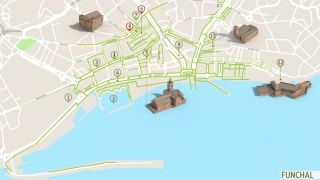
Good climate and natural beauty make the Madeira archipelago a safe option for your visit at any time of year. In addition to nature walks, open air activities and a tour around the island, do not miss a visit to the city of Funchal.
Funchal has won the Access City Award 2017, bestowed by the European Commission, the outcome of the effort that has been made to ensure that people with reduced mobility can access the beaches, tourist sights, hotels and public areas in the Madeira city.
To help you with your visit, follow this tour with the map.
500 years ago, the Bay of Funchal was an essential stop on commercial routes during the maritime expansion. This importance is reflected in the centuries-old heritage and the tourist attractions in the city. You can start out learning about them with a tour that begins next to the Marina (2) and along Avenida do Mar (4). Pavement surfaces in concrete or block paving allows visitors to circulate smoothly and safely, which is also representative of what you will see as streets are generally even and flat. So it is quite comfortable to move around. Even in the Old Town, where the paving is uneven with stone blocks, there are central routes that facilitate mobility. They are wide and continuous with lowered or levelled pavements, allowing visitors to continue their walk without having to change routes, and in areas with greater traffic there are luminous and audible alerts to help you. However, it is to be noted that the city does not have any tactile paving.
When you enter the Old Town, one of the first monuments to visit is the Cathedral (5). Dating back to the 16th century and built in the gothic style, it has an interesting ceiling with alfarje work (panelled ceiling) in wood carved in Mudéjar (Moorish) style, which is a good reason to visit it. At the back, there is a levelled entrance and inside, there are a few steps, although there are wide spaces.
Close by, there is the Museu de Arte Sacra (Museum of Sacred Art) (6) and the Igreja de São João Evangelista (Church of St. John the Evangelist) (8), both of which are located in the Praça do Município (7). This Jesuit building, also known as Igreja do Colégio (Church of the College), has an austere façade and inside, amazing adornments in Portuguese baroque style, in which gilded carvings and tiled panels are combined to perfection. Wheelchair access is not easy because of the steps at the main entrance, but there is a ramped access on the side entrance to the right. The interior is a wide area, although there are some obstacles such as steps and protruding areas, in particular in the side naves. There is audio equipment to support your visit. In the Museum of Sacred Art, access and mobility are difficult because of steps, but there is material in Braille and in large print.
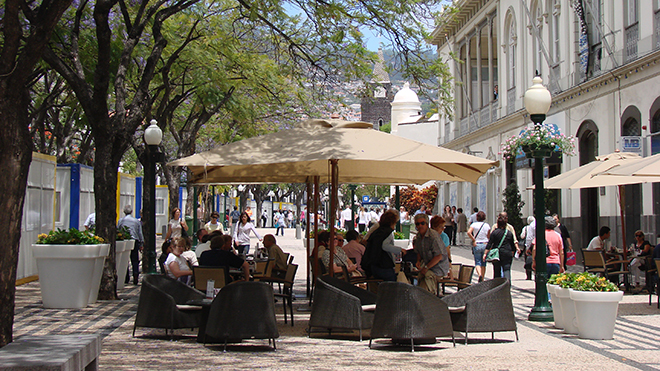
Photo: Funchal ©Turismo da Madeira
Continuing along on Rua 31 de Janeiro towards the sea, you will come across Rua Fernão de Ornelas which continues up to the Rua do Visconde de Anadia. On the left, a few minutes away, there is the Instituto do Vinho, do Bordado e do Artesanato da Madeira (Institute of Wine, Embroidery and Wood Crafts) (10) where you can find out more about the regional products that are so highly prized. However, please be aware that the entrance in inaccessible and that mobility inside is very difficult because of obstacles that may prevent you from visiting all the areas.
Located near Rua do Visconde de Anadia, the Mercado dos Lavradores (Farmers’ Market) (10) is a visit not to be missed, above all for the colourful benches of exotic fruit and flowers. It is an opportunity to see and even buy ingredients for delicious Madeira cuisine. During your visit you will undoubtedly try a variety of local specialties like limpets, tuna steaks and swordfish filets, beef grilled on a spit with roast corn and honey cake. You will also try Madeira Wine, which was so highly prized in the Royal Courts of Europe where it became famous during the 17th and 18th centuries.
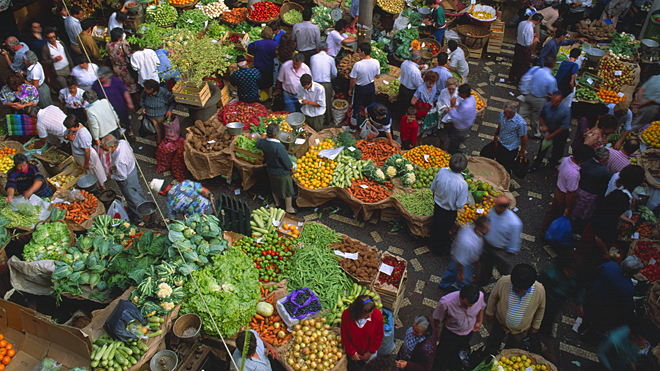
Photo: Mercado dos Lavradores, Funchal ©Arquivo Turismo de Portugal
Continuing along Rua do Hospital Velho or Rua de Santa Maria, streets that are partially accessible with irregular stone paving and uneven surfaces, you will arrive at the Forte de São Tiago (São Tiago Fort) (12), which is a good vantage point overlooking Funchal.
Madeira is recognised for its exuberant nature, its many gardens and green spaces. The Jardim Municipal (Municipal Gardens) (3) and the Parque de Santa Catarina (Santa Catarina Park) (1) are two examples of accessible areas that can be enjoyed for a few moments of pure leisure and rest.





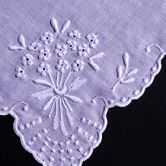

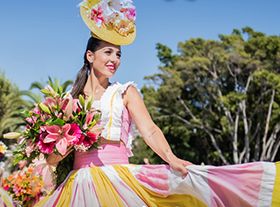
 Explore
Explore 
 Remember and Share
Remember and Share 


